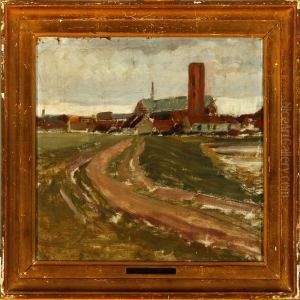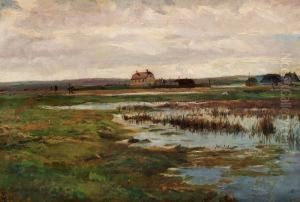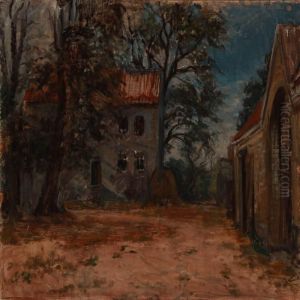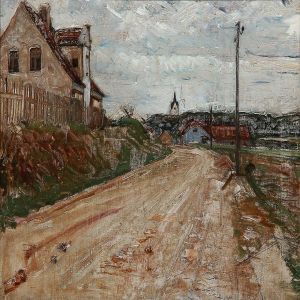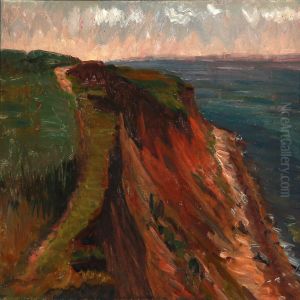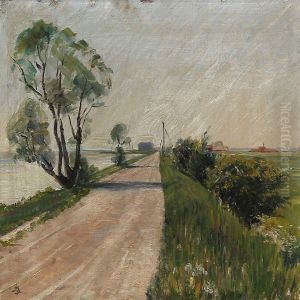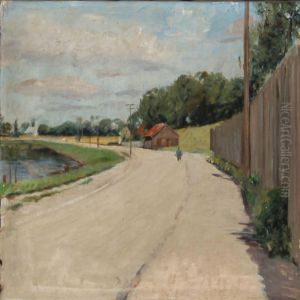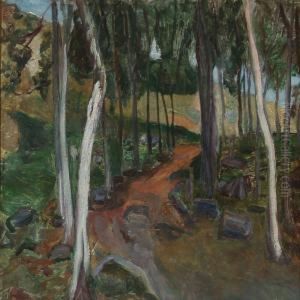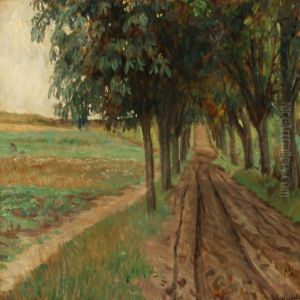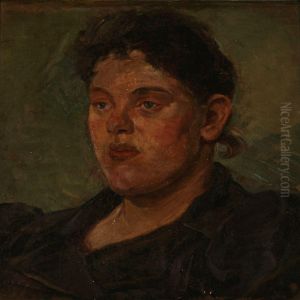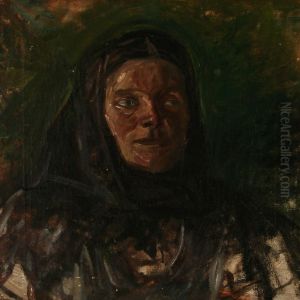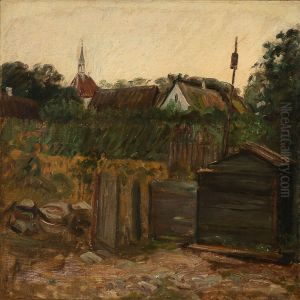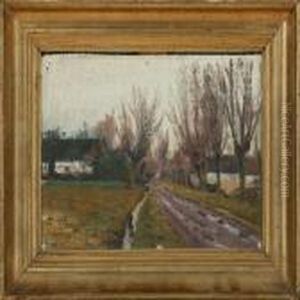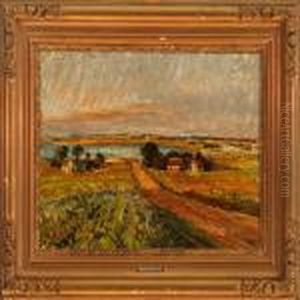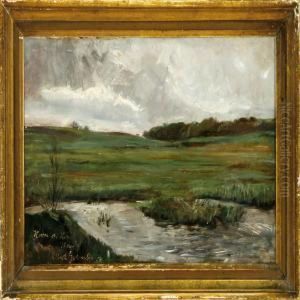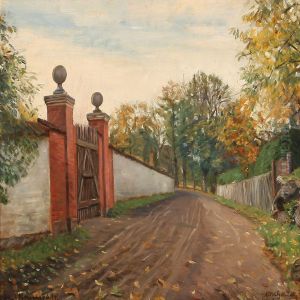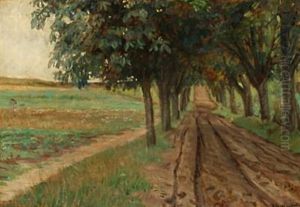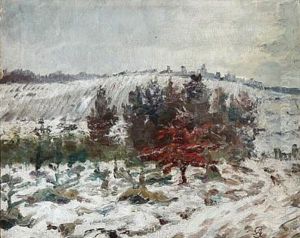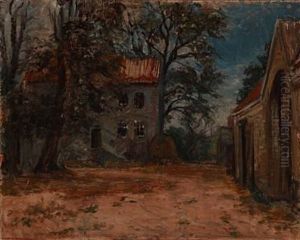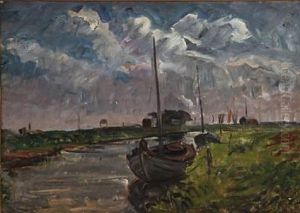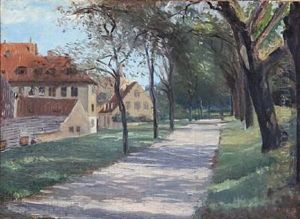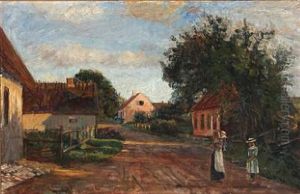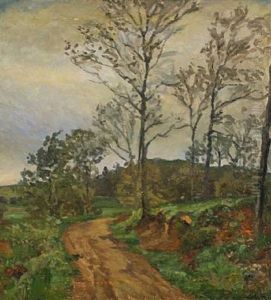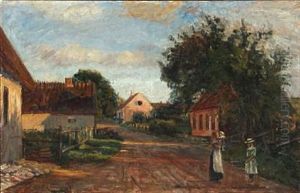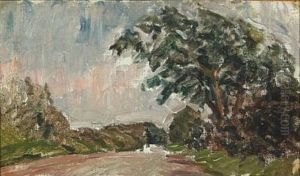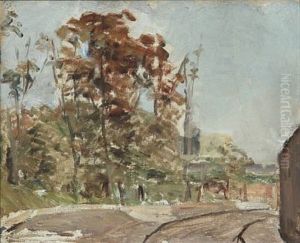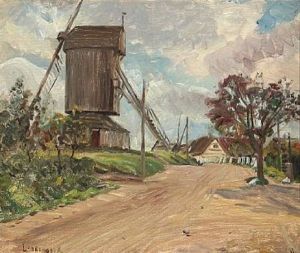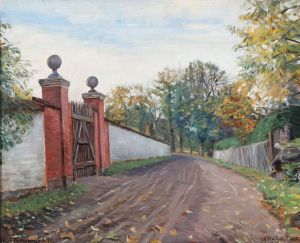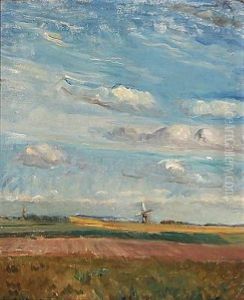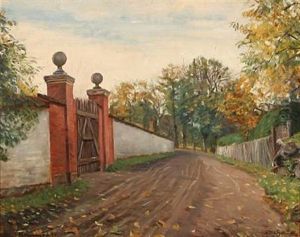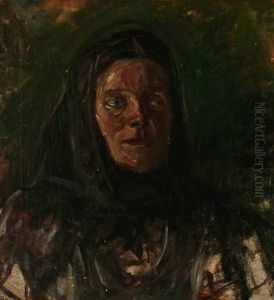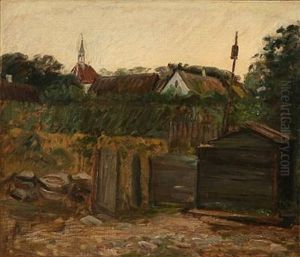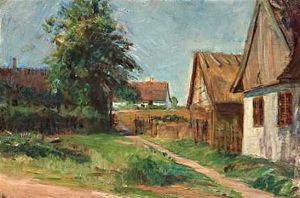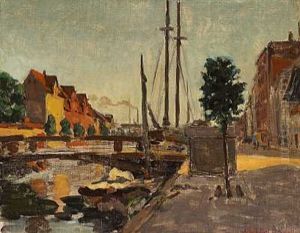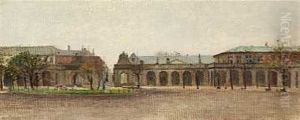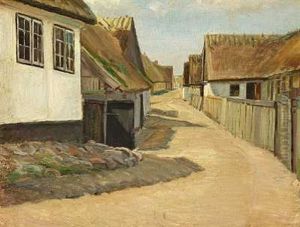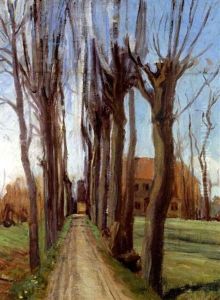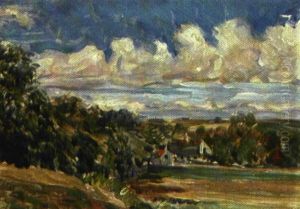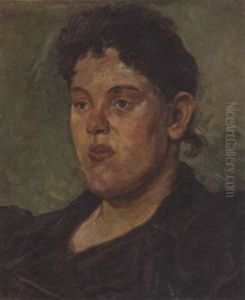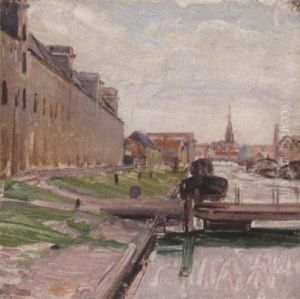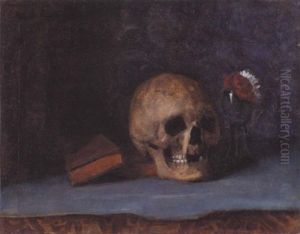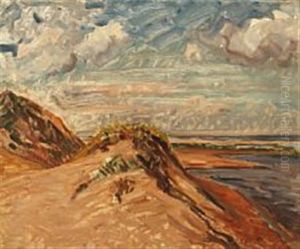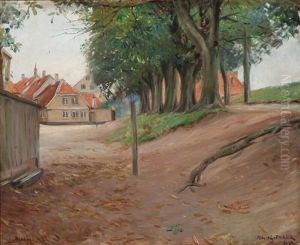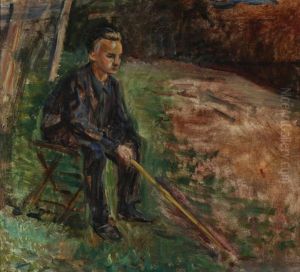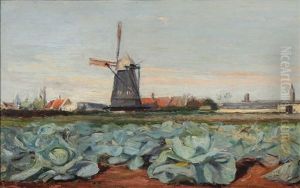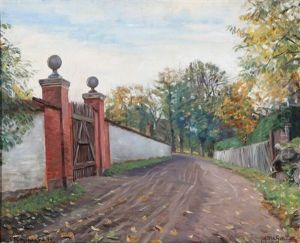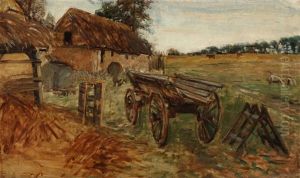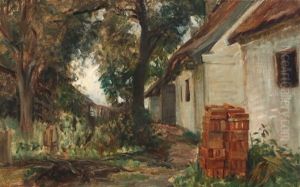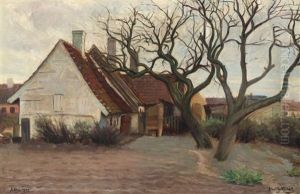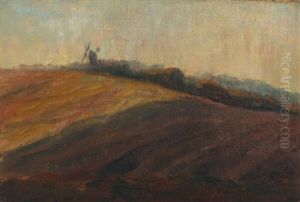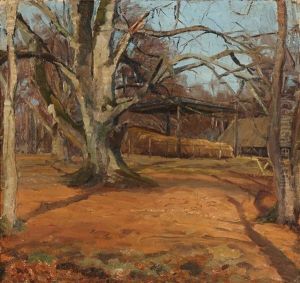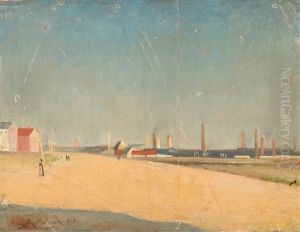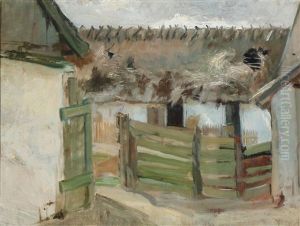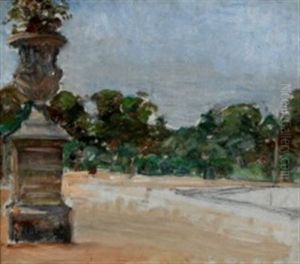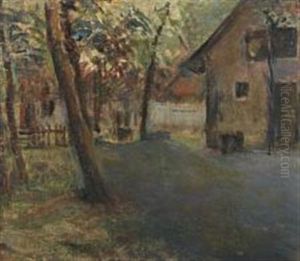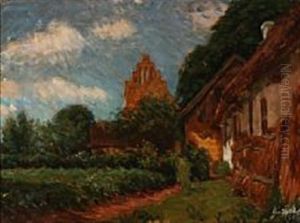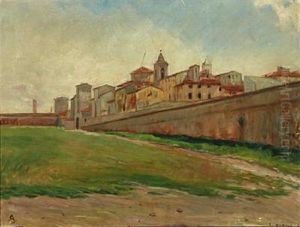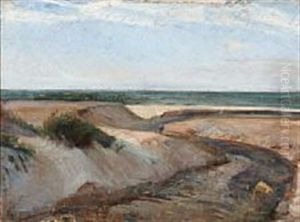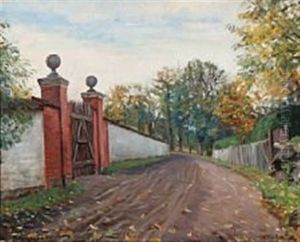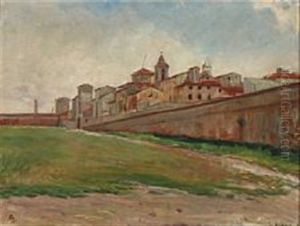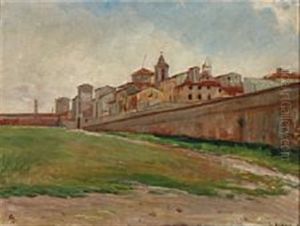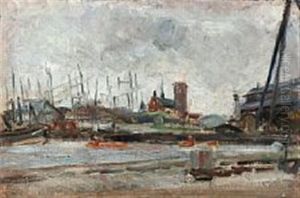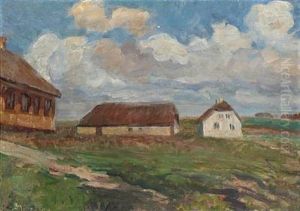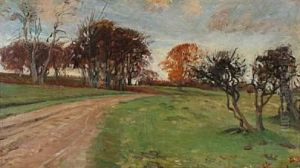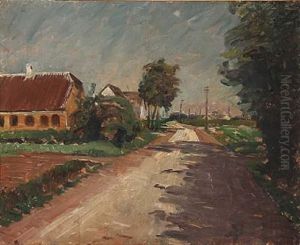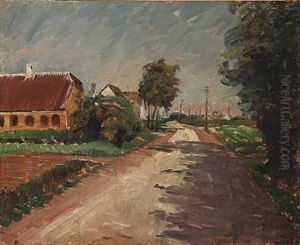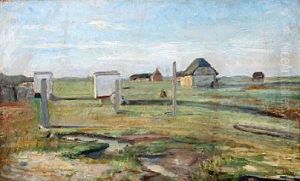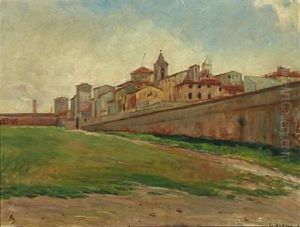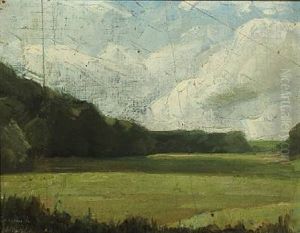Albert Gottschalk Paintings
Albert Gottschalk was a notable Danish painter, born on July 3, 1866, in Stege, Denmark. His artistic journey began at an early age, showing a keen interest in painting, which was further nurtured by his education in art. Despite initial resistance from his father, Gottschalk pursued his passion for art, eventually enrolling at the Royal Danish Academy of Fine Arts in Copenhagen, where he studied from 1882 to 1883. However, feeling constrained by the academy's traditional approach, he left to study under the guidance of several prominent Danish artists of the time, including Julius Exner and P.S. Krøyer, who played a significant role in shaping his artistic direction.
Gottschalk's work is characterized by his fascination with the landscape and rural life of Denmark, which he captured with a unique sensitivity and attention to atmospheric mood. He was deeply influenced by the French Impressionists, whose approach to color and light he incorporated into his own paintings, setting him apart from his contemporaries in Denmark. Throughout his career, Gottschalk traveled extensively in Europe, which further enriched his palette and broadened his artistic horizons. His travels to Italy, particularly, had a profound impact on his work, infusing his landscapes with a warmer, more vibrant light.
Despite his relatively short life, Gottschalk left behind a significant body of work that continues to be celebrated for its contribution to Danish art. His paintings are marked by a deep emotive quality, often evoking a sense of melancholy and longing, reflective of his own personal struggles and the short-lived joys he experienced in life. Gottschalk's career was cut tragically short when he died on February 13, 1906, in Copenhagen, but his legacy endures, with his works held in high esteem and featured in major art museums in Denmark and internationally.
Albert Gottschalk's life and work are emblematic of the transition in Danish art from the traditional academic style to a more impressionistic approach that embraced the changing landscapes and light of the natural world. His dedication to capturing the essence of Danish countryside and rural life has immortalized him as a pivotal figure in the history of Danish painting.
